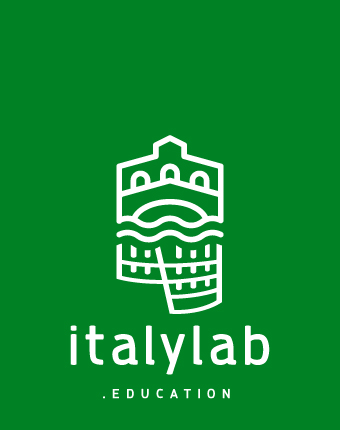ARCHAEO LAB: LEARNING BY DOING
All Archaeolabs are offered on different levels of detail and age. The laboratories are studied following the method: learning by doing. It will be possible to focus on specific aspects of artistic and ancient romans daily life mixing lectures and practical activities. The Archaeo laboratories are a perfect way to become acquainted with Vesuvian Archaeology.
SCHOOLYARD DIG
 The simulated dig teaches basics of archaeology, the logic of horizontal excavation, and the importance of keeping records and preserving the context of finds. The lessons in thinking, categorizing, recording, drawing, writing, and analysis are applicable to many disciplines. Adding culturally specific artifacts or laminated images makes the excavation relevant to even more fields. Students will become archaeologists and uncover part of a single-layer. They then take on different roles as excavators, recorders, and draftspersons as they excavate and interpret the site, ending with a report on their finds, their conclusions, and their remaining questions.
The simulated dig teaches basics of archaeology, the logic of horizontal excavation, and the importance of keeping records and preserving the context of finds. The lessons in thinking, categorizing, recording, drawing, writing, and analysis are applicable to many disciplines. Adding culturally specific artifacts or laminated images makes the excavation relevant to even more fields. Students will become archaeologists and uncover part of a single-layer. They then take on different roles as excavators, recorders, and draftspersons as they excavate and interpret the site, ending with a report on their finds, their conclusions, and their remaining questions.
ROMAN MOSAIC
 From antiquity, the mosaic was born to create solemn, imperial, divine coatings in architecture.
From antiquity, the mosaic was born to create solemn, imperial, divine coatings in architecture.
It has never been conceived as a trivial surface coating but as art, a light membrane that makes everything that passes through immortal.
All the participants will create their own mosaic leaded, with tiles made in stone, following traditional roman decoration, leaded by an artisan, with instruments and know-how from a millenary legacy of knowledge.
ROMAN FRESCO
 Fresco is the traditional medium for painting directly onto a wall or ceiling.
Fresco is the traditional medium for painting directly onto a wall or ceiling.
The framework of the workshop was a module on Ancient Vesuvian Art founded in Pompeii, Herculaneum, Oplontis and Stabiae. During the workshop the students were introduced to the ancient technique of fresco both from a theoretical and from a practical point of view. This fully immersive and sensorial experience invited the students not only to learn how ancient frescoes were made, but to get a first-hand perspective about everyday challenges and problems faced by ancient practicioners.
FASHION IN ANCIEN ROME
The Fashion in Ancien Rome.
This lab stimulates the creativity of participants through the discovery of Design and Jewelry according to the Roman Fashion.
The lab explore fashion starting from the testimony of writers and surviving objects as statues, frescos, mosaic, reliefs, and daily use objects found in the towns buried by te eruption of the Vesuvius on 79 A.D.
The lab culminate in an fashion parade creating thanks the combiation of ancient roman clothes and jewels. From the theory to the show!
ANCIENT ROMAN POTTERY
 Pottery was an important part of daily living in ancient Rome.
Pottery was an important part of daily living in ancient Rome.
As Roman used earthenware for most of the purposes, a huge quantity of utensils, cooking pots, amphorae and fine wares were produced. Many have since been discovered during excavation.
In the Ceramics Laboratory the macro- and micro-aspects of traditional pottery excavated by archaeologists are investigated. Emphasis is put on the experimental reconstruction on ceramic objects.

